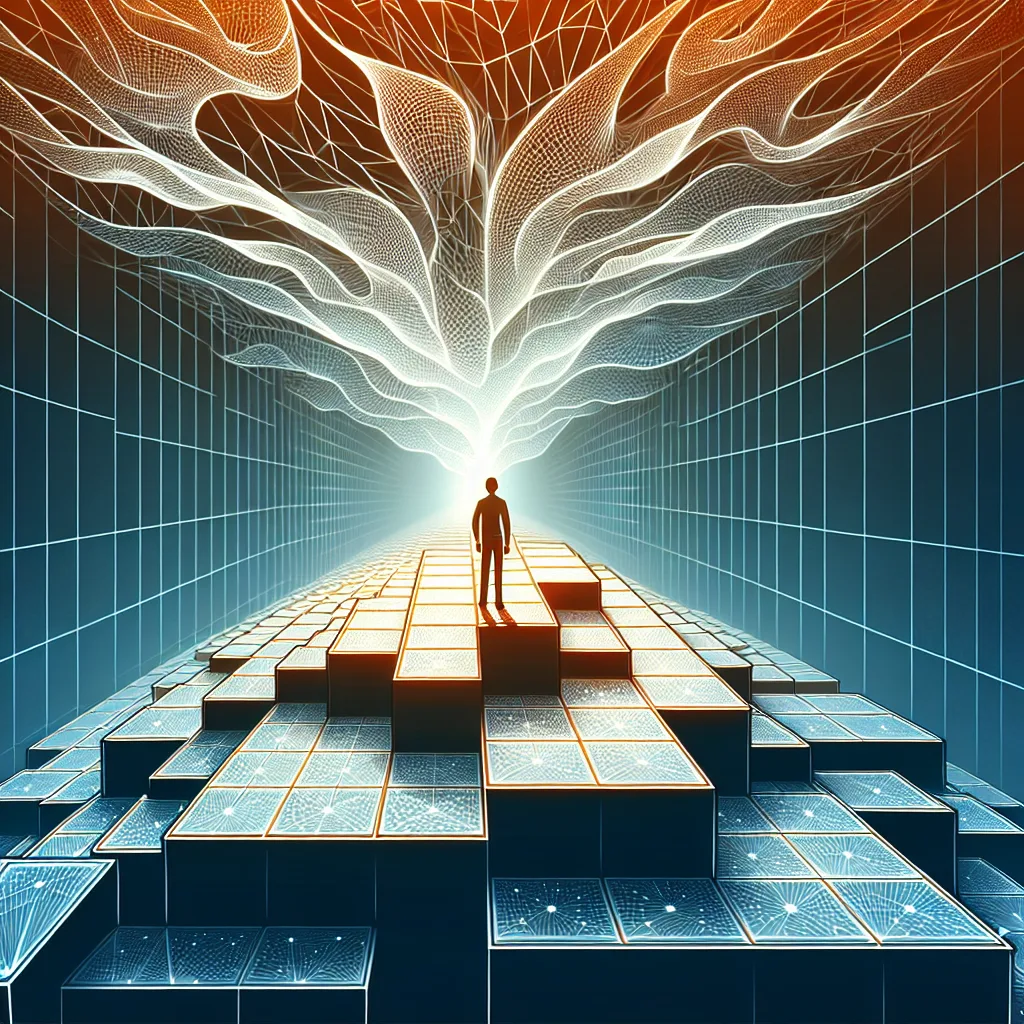Why thinking of AI’s role in work as a ‘floor raiser’ instead of a ‘ceiling raiser’ is the most helpful way to see it.
You can’t scroll for more than 30 seconds these days without running into some take on AI. It’s either the dawn of a new age or the end of the world as we know it. Honestly, it’s exhausting. The hype is loud, and the hot takes are everywhere. But the other day, I came across a simple, quiet analogy that finally made sense of it all, especially when it comes to AI’s role in work.
The idea is this: AI is a floor raiser, not a ceiling raiser.
It’s a simple phrase, but it cuts through the noise perfectly. It suggests that AI isn’t here to produce Nobel Prize-winning work or suddenly make us all master strategists. Instead, it’s here to lift the baseline, to make the starting point for everyone a little bit higher. Let’s break down what that actually means.
What “AI as a Floor Raiser” Actually Means
Think about all the tedious, time-consuming tasks that eat up your day. Drafting a standard email, summarizing a long report, writing a basic job description, or debugging a common coding error. These are the “floor” of our work. They are necessary, but they aren’t where we provide our unique, high-level value.
This is where AI excels. It raises the quality and speed of that foundational work.
- For a writer: It can help you bust through writer’s block by generating a quick outline or a few opening paragraphs.
- For a developer: It can write boilerplate code or find a bug in seconds, like a super-powered assistant. A tool like GitHub Copilot is a perfect example of this in action.
- For a marketer: It can draft ten different social media posts for a campaign in the time it takes to make a coffee.
Suddenly, the starting point isn’t a blank page; it’s a decent first draft. The “floor” of what anyone can produce has been lifted. You no longer have to be an expert to get a solid B-minus result on these kinds of tasks, and you can get it done almost instantly. This frees up your mental energy for the harder stuff.
Exploring the Limits: Why AI Doesn’t Raise the Ceiling
So, if AI is raising the floor, why isn’t it also raising the ceiling? Because the “ceiling” represents the peak of human potential: genuine innovation, deep strategic thinking, emotional nuance, and true creativity. And AI, for all its power, doesn’t do that.
AI models are trained on vast amounts of existing data. They are masters of pattern recognition and regurgitation. They can create a beautiful image in the style of Van Gogh, but they can’t be Van Gogh. They don’t have his life experience, his turmoil, his unique vision that led to the creation of The Starry Night.
The ceiling is pushed higher by things AI lacks:
* Lived experience: Understanding a client’s frustration in a way that builds a lasting relationship.
* True creativity: Connecting two completely unrelated ideas to create a brand new business model.
* Strategic foresight: Seeing where the market is going based on a gut feeling informed by years of experience.
As this great article in Wired points out, AI’s version of creativity is more about recombination than true invention. The ceiling—the absolute best and most innovative work—still requires a human touch. It requires our taste, our judgment, and our unique spark.
So, What Is AI’s Role in Work, Really?
This brings us to the most important question: how should we actually use this stuff? The “floor raiser” model gives us a clear and practical path forward. Don’t look at AI as a magic bullet or a threat that will replace you. Look at it as a powerful assistant.
Your job is to become a better manager of that assistant.
Use it to handle the 80% of foundational work so you can focus your brilliant human brain on the 20% that truly matters. Let it draft the email, but you provide the final touch of warmth and empathy. Let it summarize the report, but you pull out the key strategic insights. Let it brainstorm twenty ideas, but you use your expertise to pick the one that will actually work.
The future isn’t about AI doing our jobs. It’s about us using AI to do our jobs better, faster, and with more focus on what makes us uniquely human. It’s a tool. A very capable one, for sure. But if you try to use it for something and it doesn’t feel right, it probably isn’t. Don’t force it.
The most valuable professionals in the years to come will be those who master this collaboration—who use AI to raise their floor so they have more time and energy to build their own ceiling.
